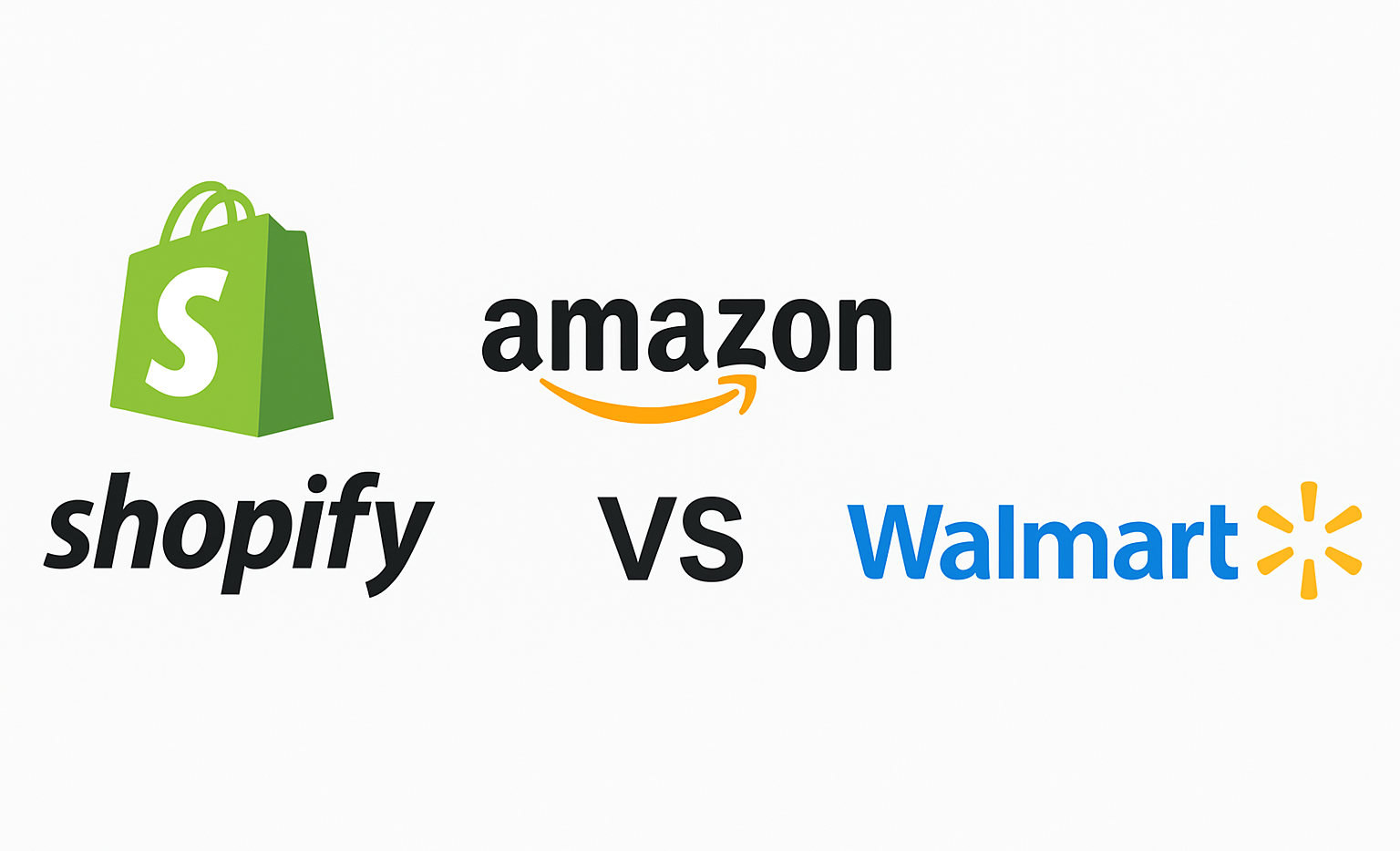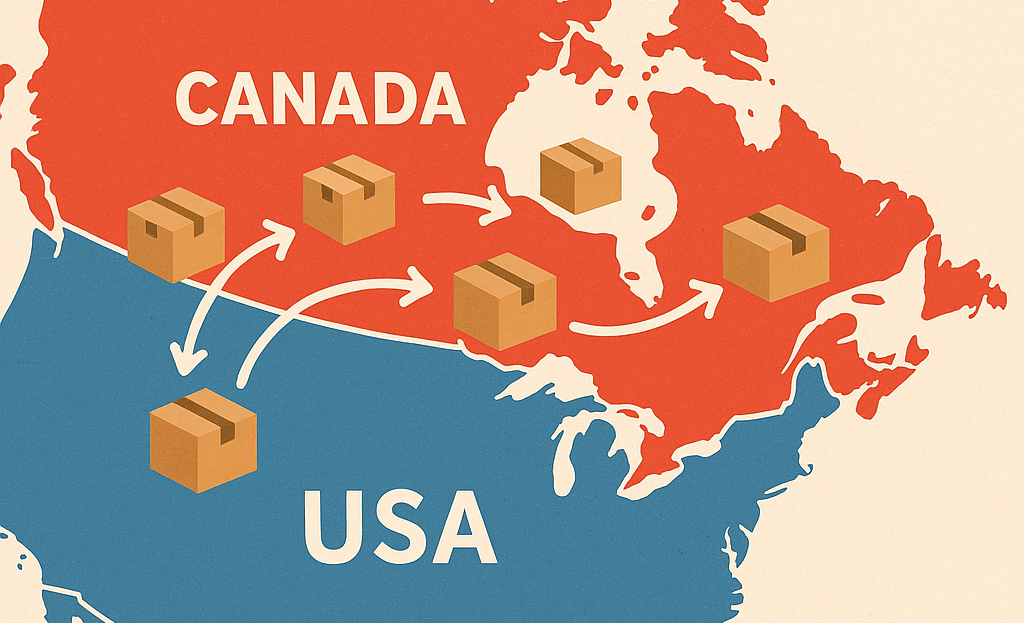
Choosing the right fulfillment solution is crucial when selling across multiple channels like Shopify, Amazon, and Walmart. Each platform offers distinct advantages depending on your business needs, from speed and cost-efficiency to inventory management and customer reach. Understanding the differences between Shopify fulfillment, Amazon FBM, and Walmart’s options will help you optimize your operations and improve customer satisfaction.
If you sell on multiple marketplaces, you need a strategy that balances control, cost, and scalability. Amazon FBM lets you handle shipping yourself while leveraging Amazon’s marketplace power, Shopify gives more flexibility but requires merchant-managed logistics, and Walmart’s fulfillment services offer competitive pricing geared toward sellers looking for multi-channel support. Evaluating these options allows you to tailor your fulfillment approach based on your product type, sales volume, and growth goals.
With the right fulfillment partner, managing orders across platforms can become simpler and more efficient. Getting familiar with what each channel offers in fulfillment will help you avoid bottlenecks, control costs, and deliver faster to your customers.
Key Takeaways
- Fulfillment choices impact your shipping speed, costs, and inventory control.
- Different platforms provide unique benefits depending on your sales strategy.
- Efficient multi-channel fulfillment enhances customer experience and operational flow.
Shopify: Pros & Cons
When you choose Shopify for your multi-channel selling, you gain full control over your online store. You can customize your branding, website design, and customer experience without competing listings. This control extends to product presentation and pricing strategies.
Shopify offers a wide range of third-party apps and integrations. These tools help with marketing, inventory management, and analytics, allowing you to scale and tailor your operations as needed.
Fulfillment on Shopify relies mainly on your choice of logistics partners or Shopify’s fulfillment network, which continues to grow but isn’t yet as extensive as Amazon’s FBA. This means you may need to invest more effort into managing inventory and shipping.
Here is a quick view of Shopify’s pros and cons:
| Pros | Cons |
|---|---|
| Complete store customization | Fulfillment network still developing |
| Strong app ecosystem | Requires more hands-on fulfillment management |
| Direct customer ownership | No built-in marketplace traffic |
| Flexible marketing and SEO tools | Monthly platform fees |
You keep full ownership of your customer data, essential for building lasting relationships and remarketing. However, Shopify does not provide the instant exposure to millions of buyers like Amazon or Walmart marketplaces.
You will pay monthly fees, plus transaction costs, but these are balanced by the freedom to operate your business your way.
Amazon FBM: Pros & Cons
When you use Amazon FBM (Fulfilled by Merchant), you handle storage, packing, and shipping of your products yourself or through a third-party logistics provider (3PL). This gives you full control over your inventory and fulfillment process.
One advantage of FBM is lower fulfillment fees compared to FBA. You avoid Amazon’s storage and handling charges, which can be beneficial if you have products with low turnover or large size.
Another benefit is flexibility. You can customize packaging, manage your customer service directly, and adjust shipping speed based on your preferences.
However, there are drawbacks. You must bear the responsibility for timely shipping, order accuracy, and customer service, which demands resources and reliable logistics.
Using FBM may limit your eligibility for Amazon Prime, potentially reducing appeal to customers who prioritize fast shipments through Prime.
| Pros | Cons |
|---|---|
| Lower fulfillment fees | Must manage shipping and returns |
| Full control over inventory | No automatic Prime eligibility |
| Flexibility in packaging & service | Greater logistical workload |
FBM is suitable if you have established shipping processes or want to combine Amazon sales with other sales channels. You can also use a hybrid approach—selling high-volume items via FBA and lower-margin or bulky items via FBM.
Understanding these factors helps you decide if FBM fits your business model and operational capacity.
Walmart: Pros & Cons
Using Walmart Fulfillment Services (WFS) offers distinct advantages if you sell across multiple platforms. You can store your inventory in Walmart’s fulfillment centers, where they handle picking, packing, and shipping when orders come in.
Pros:
- Lower fees for fulfillment and storage, especially on heavier items, can improve your margins.
- The marketplace is less saturated than Amazon, increasing visibility for your products.
- You gain access to Walmart’s trusted brand and can leverage the “Two Day Delivery” badge for faster shipping promises.
- Walmart supports multi-channel fulfillment, letting you fulfill Shopify, eBay, or even Amazon orders through their network.
- There’s more control over branding compared to Amazon’s system, which favors standardized packaging and policies.
Cons:
- The marketplace is growing but still smaller, so the total customer reach is limited compared to Amazon Prime.
- Walmart’s fulfillment network is less extensive, potentially affecting delivery speed or geographic coverage in some areas.
- Fewer integrations and tools exist relative to Amazon, so you might spend more time managing your sales channels.
- Returns and customer service processes may not be as streamlined or automated as Amazon’s.
If you want simpler fee structures and less competition, Walmart is a reasonable choice. However, if maximum reach and advanced fulfillment tools are your priority, Walmart might feel more restrictive.


